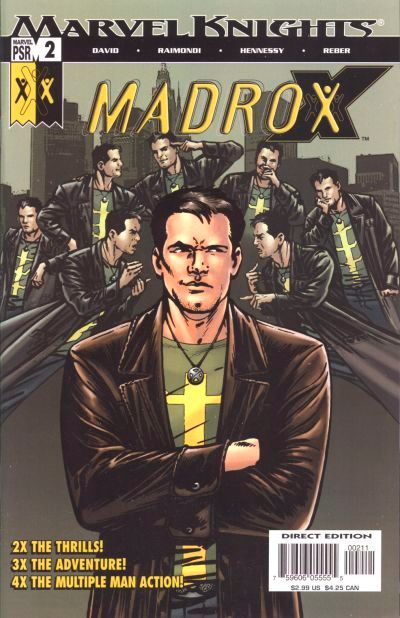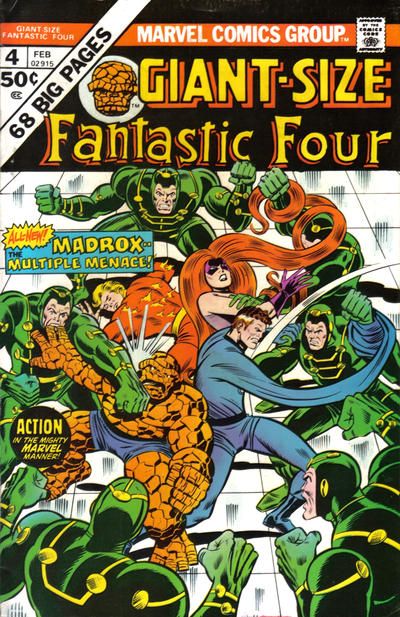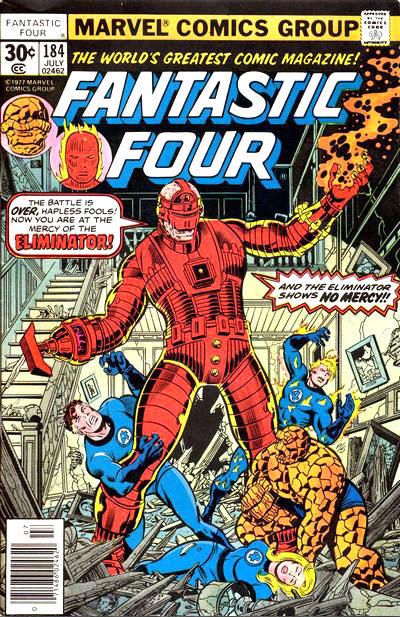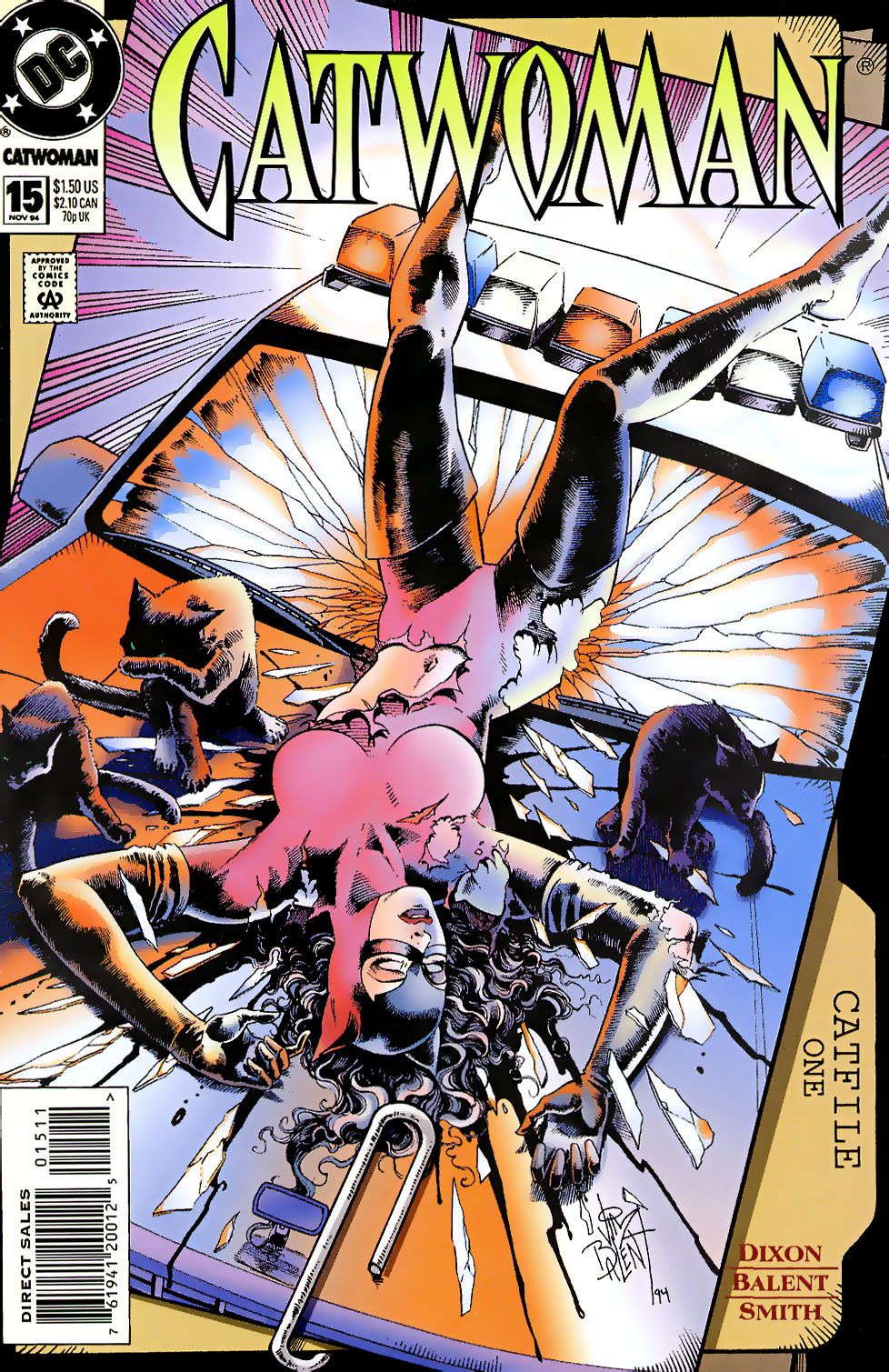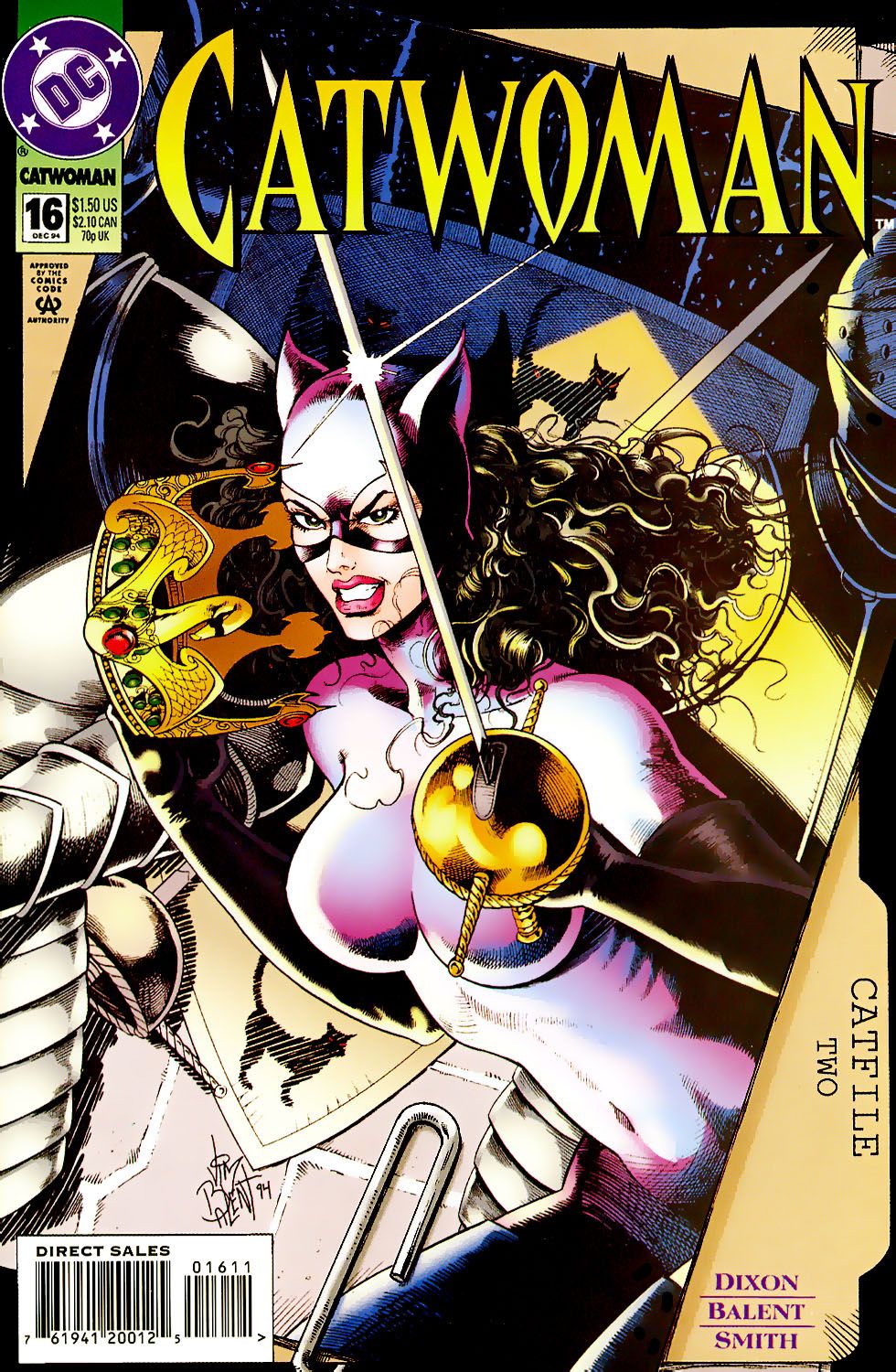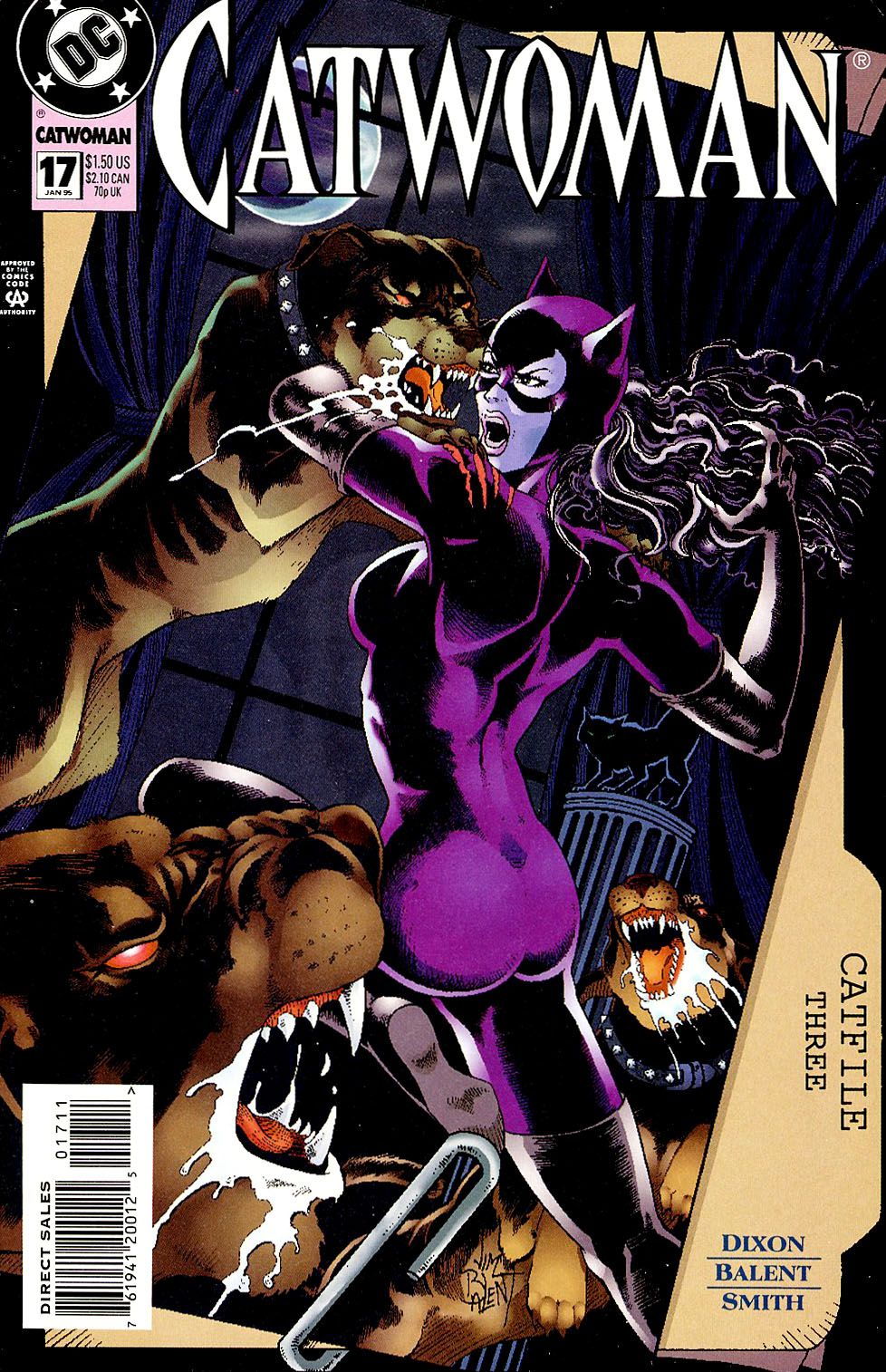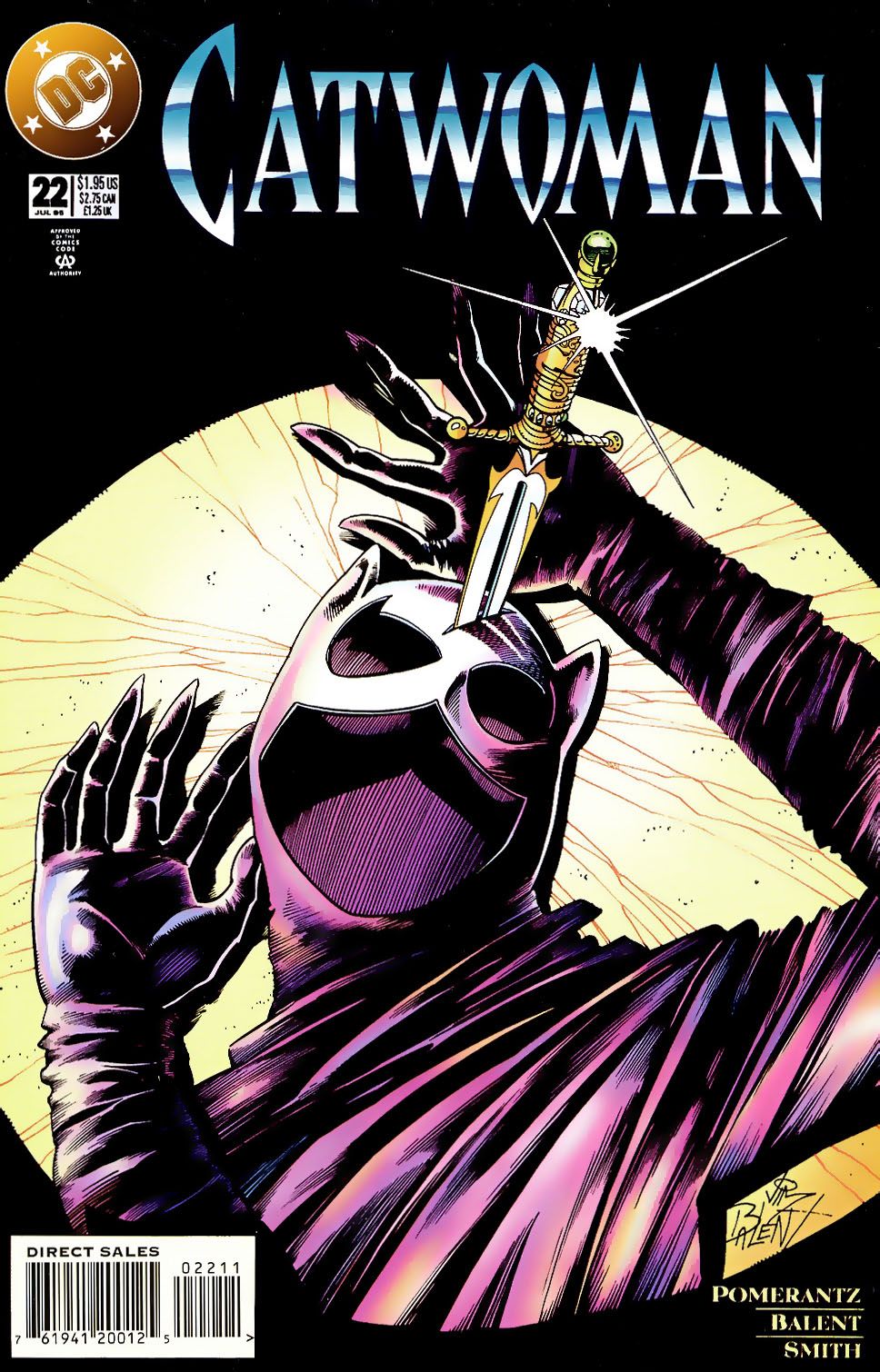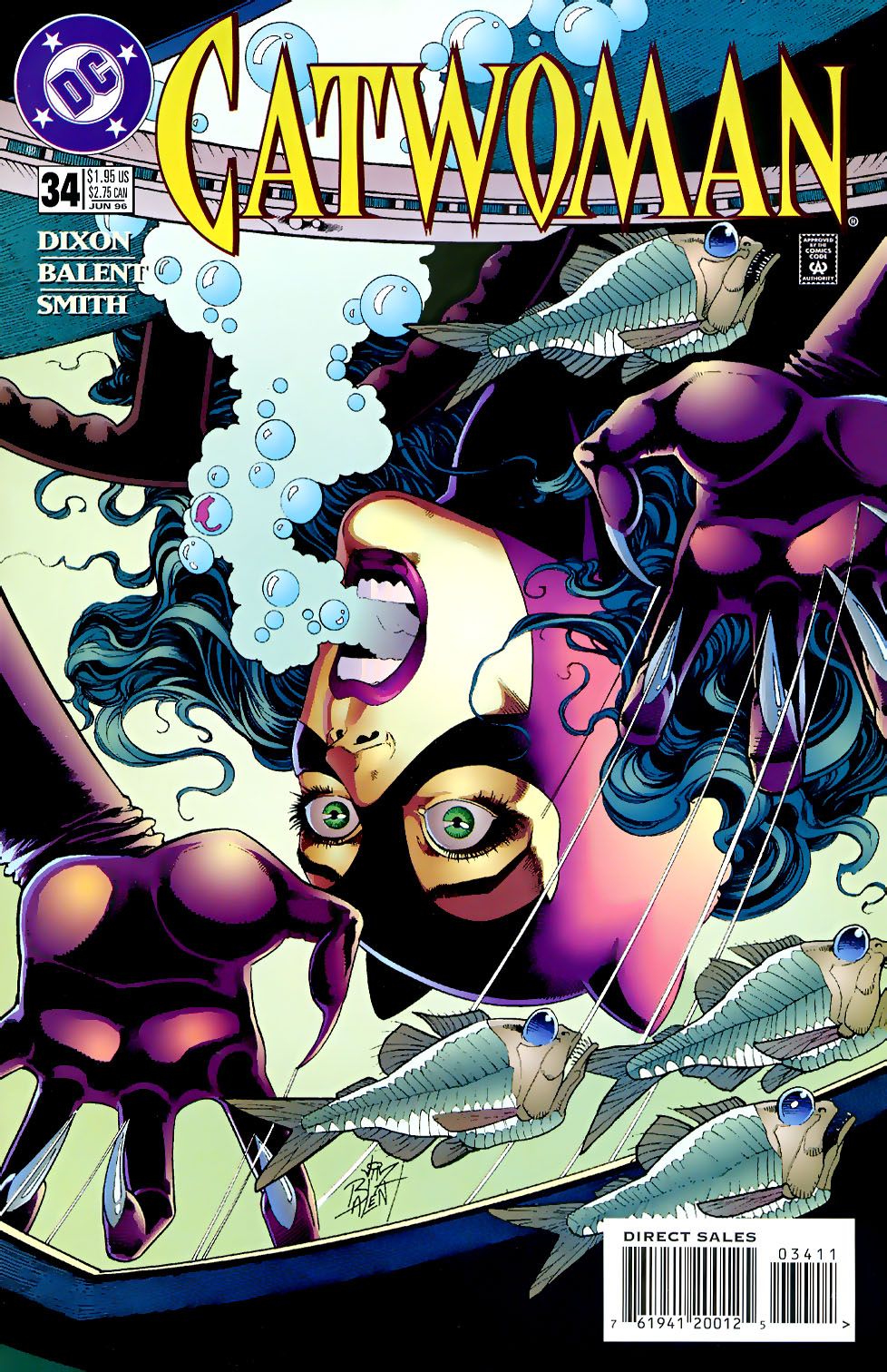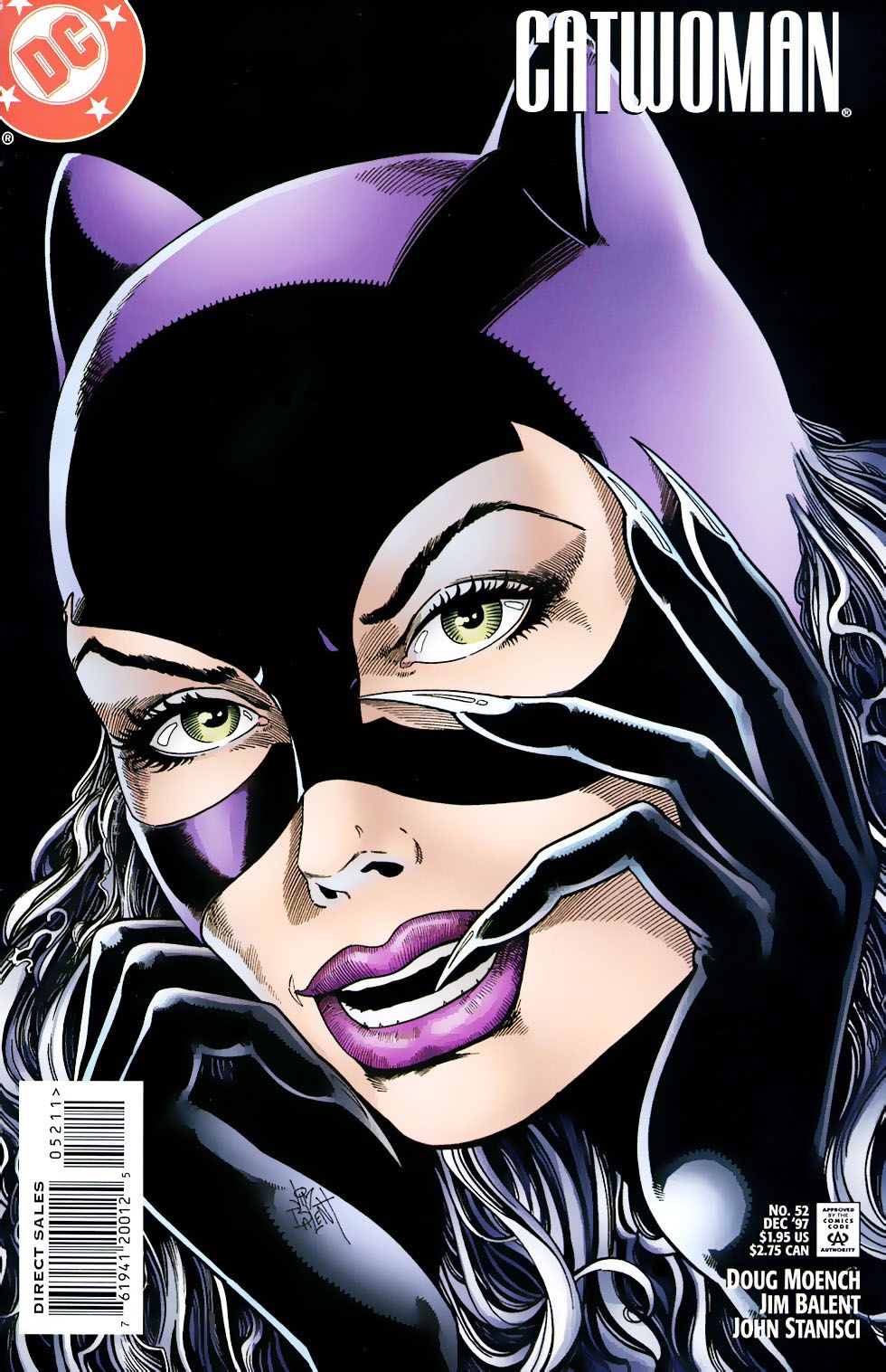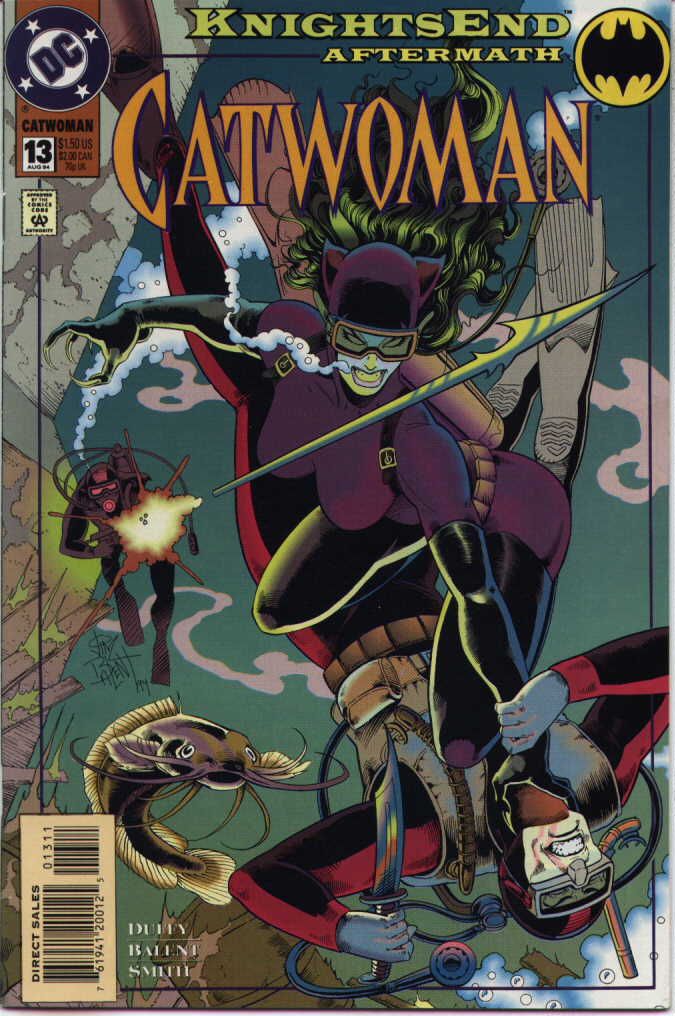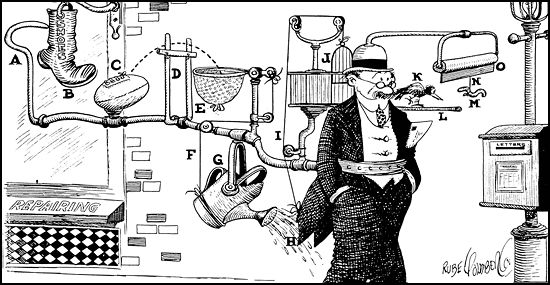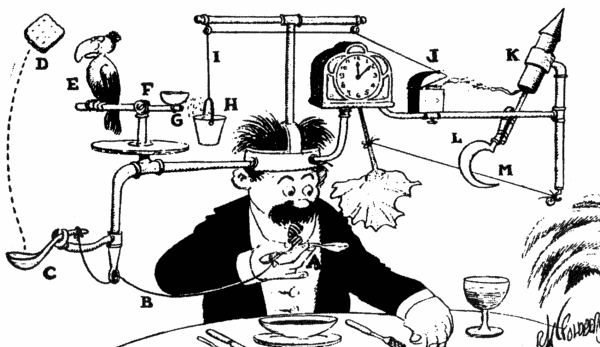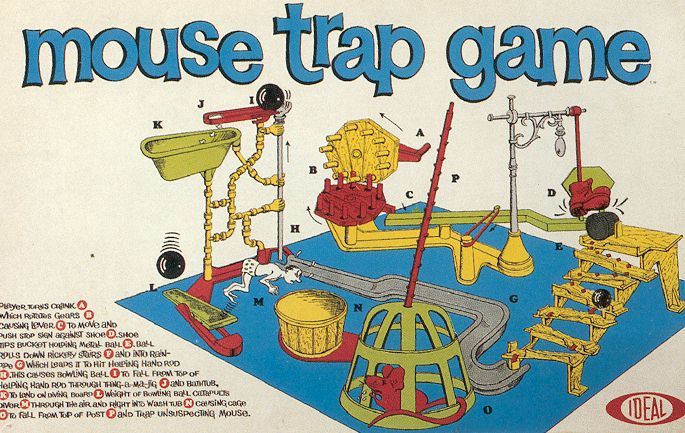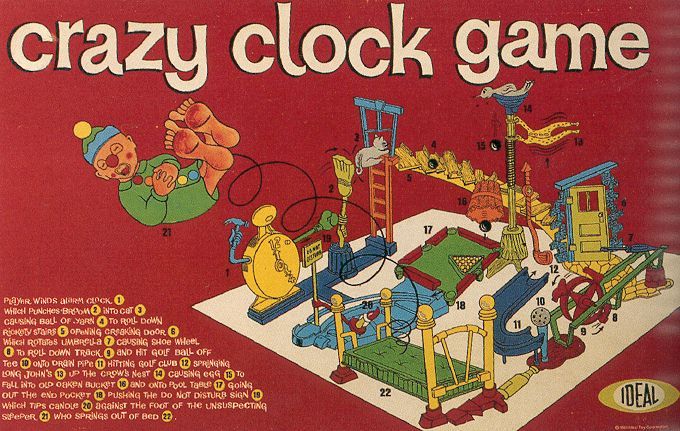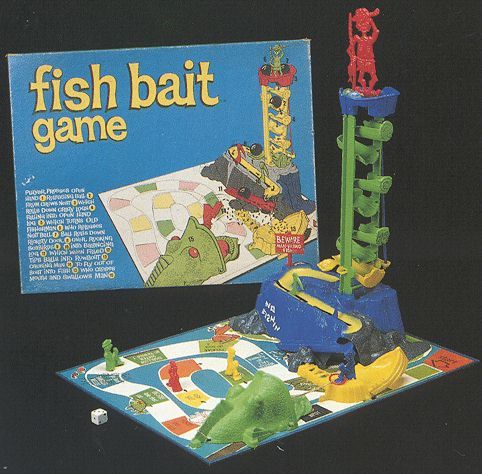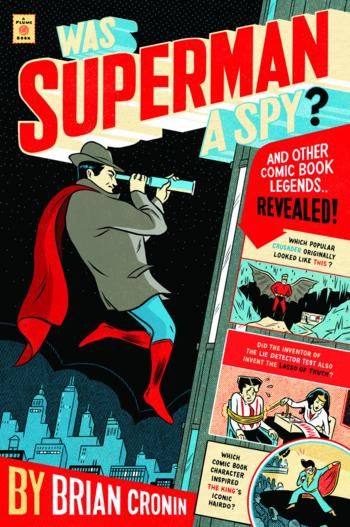Welcome to the four hundred and seventy-sixth in a series of examinations of comic book legends and whether they are true or false. Click here for an archive of the previous four hundred and seventy-five. This week, did we almost get ZEROX the Multiple Man!? Is there really a hidden cat on every Jim Balent Catwoman cover? And did Rube Goldberg actually sue Mouse Trap for ripping off his famous Rube Goldberg machines?
Let's begin!
NOTE: The column is on three pages, a page for each legend. There's a little "next" button on the top of the page and the bottom of the page to take you to the next page (and you can navigate between each page by just clicking on the little 1, 2 and 3 on the top and the bottom, as well).
COMIC LEGEND: Len Wein originally wanted Madrox the Multiple Man to be called Zerox the Multiple Man!
STATUS: True
Madrox the Multiple Man has become a notable character in the Marvel Universe over the last decade as Peter David made him the lead character of the X-Factor ongoing series that spun out of Madrox's own mini-series back in 2004...
Madrox debuted in an odd place for a mutant, in the pages of Giant-Size Fantastic Four #4, by Len Wein, John Buscema and Chic Stone and Joe Sinnott (with some last minute scripting help at the end of the comic by Chris Claremont)
The story was actually originally going to be part of Wein's run on Fantastic Four, but as it turned out, his run on FF was very short-lived so the story went into the Giant-Size issue instead.
(Wein would return to have a more substantial run on FF a few years later....
)
Here's the interesting thing about Madrox's introduction - originally, Len wanted to name him ZEROX the Multiple Man!!
In fact, he was even introduced as such in FOOM #6...
Len explained the process to me a little while ago...
My original name for the character was Jamie ZERROX (Zerrox, the Multiple Man. Get it? Boy, was I clever in those days. :-) ) When I passed the name by then Editor-in-Chief Roy Thomas, he looked at me like I had three heads. "You're kidding, right?" he said. "Who's gonna pay off the huge lawsuit, you?" "But it's not even spelled the same," I said. "Not happening," said Roy. So I came up with a bunch of alternative until I came up with Madrox, that sounded like an action word, and thus it has been ever since.
Since FOOM has only one R in Zerox, I think the odds are that Len is just slightly misremembering the name Zerrox, but the basics are obviously right there.
Xerox would have to take a break from threatening people who use the word "xerox" as a substitute for the term "make a copy" to go after Marvel.
Ah well, it all worked out for the best in the end, especially for X-Factor fans!
Thanks to Len for the awesome information!
Check out the latest Movie Legends Revealed at Spinoff Online: Just when did the original Star Wars film become Episode IV exactly?
On the next page - was there seriously a hidden cat on every Jim Balent Catwoman cover?
COMIC LEGEND: Jim Balent drew a cat on every cover of Catwoman.
STATUS: True
Last week I discussed how Todd McFarlane hid a spider on his Amazing Spider-Man covers. Well, as it turns out, Todd had company over at DC Comics with Jim Balent's long run on Catwoman.
I asked Jim whether it is true that he hid a cat on every cover of Catwoman. He explained:
Yes. On every cover. Some are VERY easy to find. Like a cat on the front cover. Others are more difficult... like an ink blot in the shape of a cat or a skeleton of a cat. Sometimes I hide them so well that I can't find them to this day.
Here are an assortment...
First off, this trio of covers shows what Balent mentioned about how he varied in how obvious they were.
You went from, well, here are a bunch of cats...
to some somewhat obvious cat drawings on the background...
to a cat on a pedestal in the shadows...
Those, though, are far more obvious than a cat on the handle of a blade...
a cat in an air bubble...
or a cat in a strand of Catwoman's hair...
I was already planning on doing this one this week after the McFarlane one last week, but just to note that commenter Michael Heide suggested it last week, as well. He pointed out a particularly amusing one, when Balent decided to get tricky and drew a CATFISH!
Thanks to Jim Balent for the helpful reply!
COMIC LEGEND: Rube Goldberg sued the makers of the board game Mousetrap.
STATUS: False
Rube Goldberg was a brilliant cartoonist whose greatest claim to fame was his cartoons featuring so-called "Rube Goldberg machines," which would be absurdly elaborate mechanisms designed to do mundane tasks, like mail a letter...
or cool down your soup...
Obviously, that's the exact premise of the board game Mouse Trap. Players compete to build an absurdly elaborate mouse trap...
You don't get much more of a blatant rip-off than that, right?
So over the years, the story has been that Rube Goldberg sued Ideal, the makers of the Mouse Trap game.
That is not the case. Goldberg considered it and made various threats over the years, but he never actually sued Marvin Glass and Associates (the designer of the game).
Glass actually ripped Goldberg off two MORE times, for both Crazy Clock Game...
and Fish Bait...
The problem for Goldberg is that IP laws weren't nearly as developed in the 1960s as they are today (plus Goldberg was 80 years old when the game was released). Nowadays, I think you could definitely make a case for Goldberg. At that point in legal history, the defense that you can't copyright or trademark an idea would probably win, Of course, the response is that it is not the idea itself at issue, it is the fact that you're trading on people's affinity for Rube Goldberg's work - that the game is attempting to trade off of the popularity of his comic strips, not that the machine is literally a copy of his work. For instance, if you want to have a Rube Goldberg machine in, say, your movie...
or your music video...
go right ahead. But if you're specifically selling a product based on Rube Goldberg machines, then that's a different story.
There's currently an officially licensed Rube Goldberg game...
Goldberg's granddaughter talked about the issue briefly with CBR last year (although she believes he was given some sort of payment from Ideal - I don't believe he ever was).
Thanks to the always awesome Alex Dueben for the CBR article!
Okay, that's it for this week!
Thanks to the Grand Comics Database for this week's covers! And thanks to Brandon Hanvey for the Comic Book Legends Revealed logo!
Feel free (heck, I implore you!) to write in with your suggestions for future installments! My e-mail address is cronb01@aol.com. And my Twitter feed is http://twitter.com/brian_cronin, so you can ask me legends there, as well!
Here's my newest book, Why Does Batman Carry Shark Repellent? The cover is by Kevin Hopgood (the fellow who designed War Machine's armor).
If you want to order a copy, ordering it here
gives me a referral fee.
Follow Comics Should Be Good on Twitter and on Facebook (also, feel free to share Comic Book Legends Revealed on our Facebook page!). Not only will you get updates when new blog posts show up on both Twitter and Facebook, but you'll get original content from me, as well!
Also, be sure to check out my website, Urban Legends Revealed, where I look into urban legends about the worlds of entertainment and sports, which you can find here, at urbanlegendsrevealed.com.
Here's my book of Comic Book Legends (130 legends - half of them are re-worked classic legends I've featured on the blog and half of them are legends never published on the blog!).
The cover is by artist Mickey Duzyj. He did a great job on it...(click to enlarge)...
If you'd like to order it, you can use the following code if you'd like to send me a bit of a referral fee...
Was Superman a Spy?: And Other Comic Book Legends Revealed
See you all next week!


